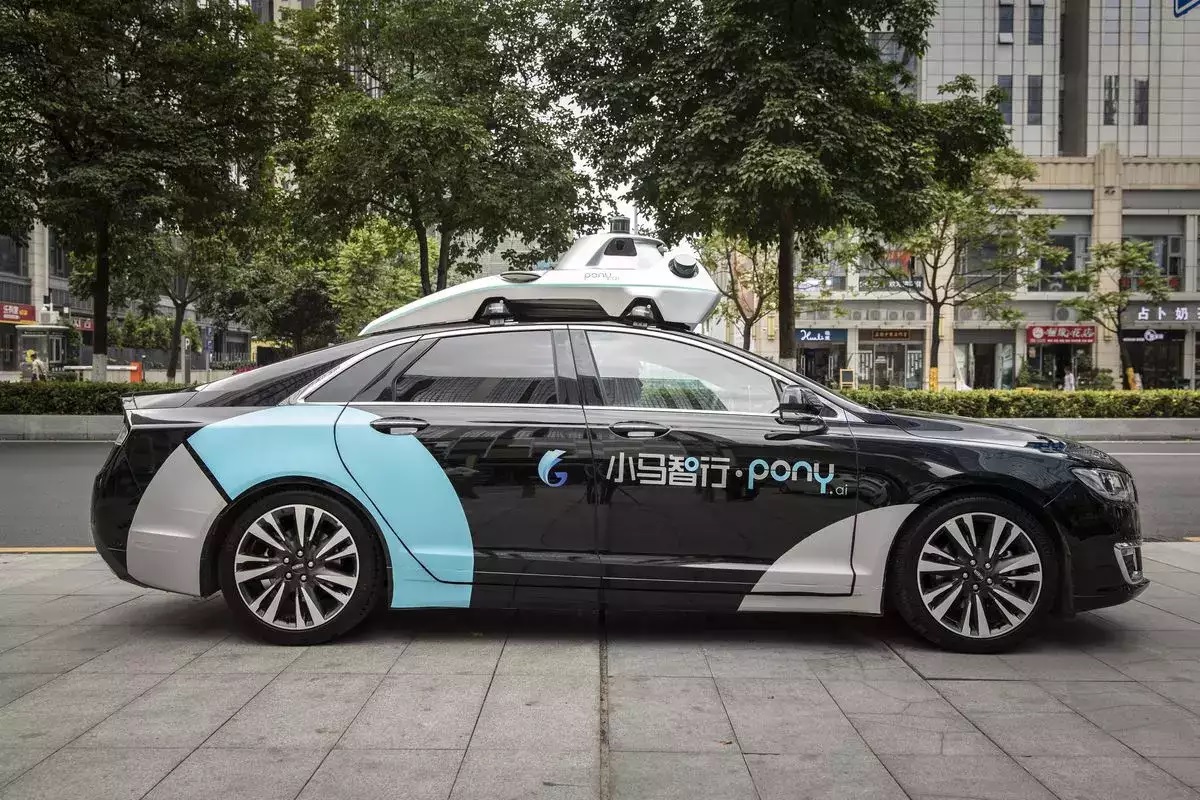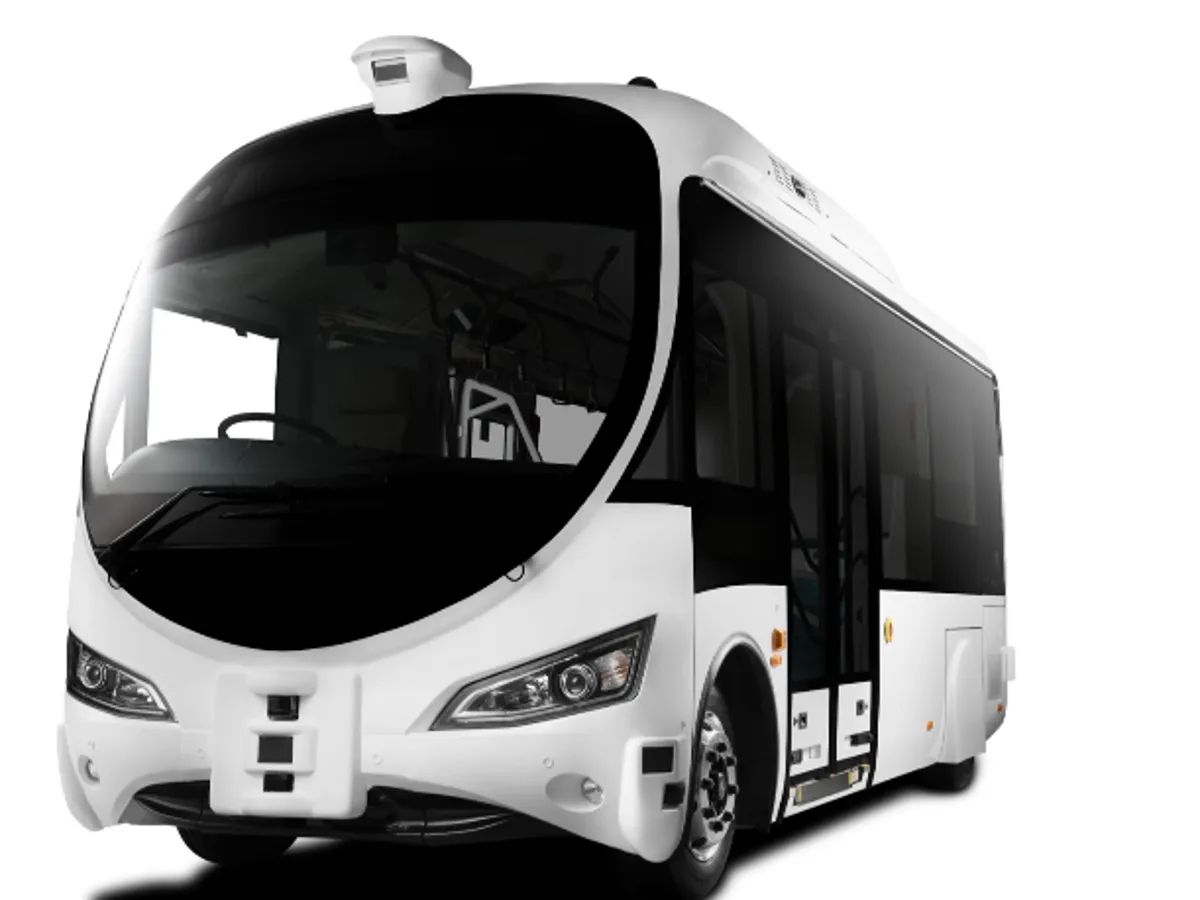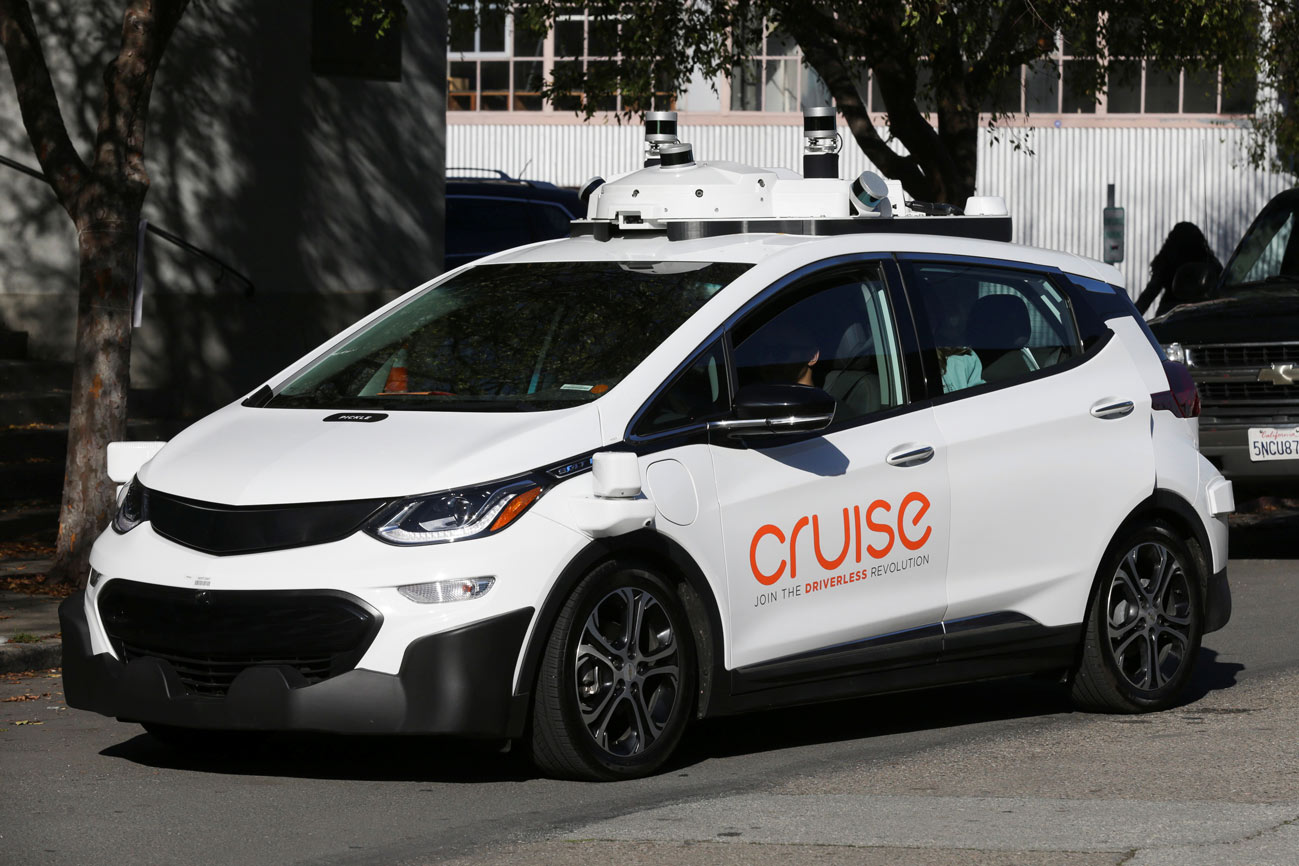A few years ago, robotaxis were the darlings of venture capitalists in China. A cadre of audacious startups, including Deeproute.ai, WeRide.ai, Pony.ai, and Momenta reeled in hundreds of millions of dollars to fuel their costly ambitions. With pockets overflowing, they spent generously on building self-driving vehicle fleets. Their geeky executives, swapping T-shirts for sharp suits, cozied up to local officials and nudged policymaking in their favor.
Key Takeaway
China’s robotaxi startups are facing challenges as they seek new revenue streams, shifting their strategies to cope with the distant commercialization of robotaxis and the urgent need for monetization.
Roadblocks and Realities
As these companies’ valuations continued to climb, a sobering reality dawned upon them: the widespread commercialization of robotaxis remains a distant horizon. In the meantime, monetization has become more urgent as their lofty price tags become prohibitive for most investors. Compounding their funding dilemma, the prospect of going public in the U.S., a conventional exit route for Chinese tech firms, has dimmed amidst escalating geopolitical tensions.
Shifting Strategies
Unlike some of their American counterparts that are buoyed by moneyed patrons, namely, Alphabet’s Waymo and General Motors’ Cruise, China’s robotaxi upstarts, including the autonomous vehicle arm under internet giant Baidu, find themselves eagerly seeking alternative revenue streams. As the need to survive eclipses their once-vaunted dream of removing the human driver, China’s robotaxi companies shift to less advanced but more commercially viable smart-driving solutions.
Cash-Burning Robotaxis
Despite years of hype and progress in self-driving technologies, the widespread availability of robotaxis remains a distant reality. That’s due to a confluence of challenges, including safety, regulations, and costs. The last factor, in particular, is what has pushed China’s robotaxi pioneers toward more opportunistic endeavors. To become profitable, robotaxis need to eventually remove human operators. Though China recently clarified rules around the need for human supervision, taxis without a driver behind the wheel are allowed only in restricted areas at present. To attract customers, robotaxi services offer deep discounts on their paid rides.
























